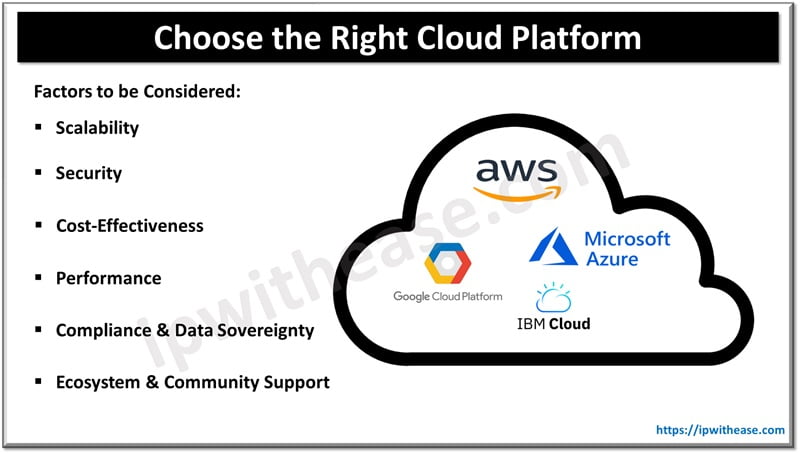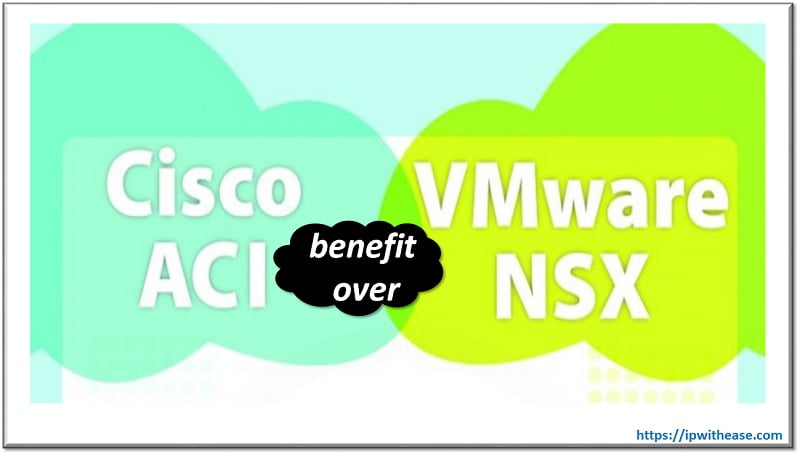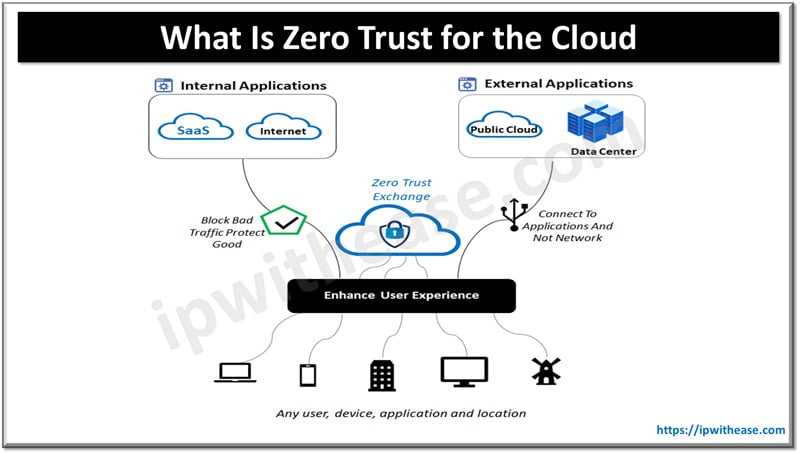Table of Contents:
Cloud computing is a key force that transforms software development scalability, flexibility, and efficiency. This paradigm shift allows developers and organizations to access vast computing resources on demand and eliminates the complexities and limitations associated with traditional IT infrastructure management.
Because of rapid deployment, seamless scalability, and cost-effective solutions, cloud computing supports the dynamic needs of modern software projects. It fosters innovation, accelerates time-to-market, and allows developers to concentrate on creating impactful software solutions.
In essence, cloud computing is not just a technological advancement; it’s a competitive advantage in the software development arena.
What Is Cloud Computing?
Cloud computing has revolutionized the way developers deploy and manage applications. It offers scalable, flexible, and cost-effective solutions.
At its core, cloud computing allows users to access and utilize computing resources, such as servers, storage, and databases, over the Internet, often referred to as “the cloud”. This paradigm shift means developers can focus on building and innovating rather than worrying about infrastructure management.
The significance of cloud computing for developers lies in its ability to rapidly provision resources as needed. It enables faster development cycles and supports a wide array of applications and services.
There are three primary types of cloud services, and each serves different needs:
Infrastructure as a Service (IaaS)
It offers fundamental computing resources and gives developers control over the hardware and software environment. Examples include Amazon Web Services (AWS) and Google Cloud Platform (GCP).
Platform as a Service (PaaS)
It provides a platform that allows customers to develop, run, and manage applications without dealing with the underlying infrastructure. Examples are Heroku and Microsoft Azure.
Software as a Service (SaaS)
It delivers software applications over the Internet, on a subscription basis and eliminates the need for installations and maintenance. Examples include Salesforce and Google Workspace.

Key Factors to be Considered to Choose the Right Cloud Platform
When you choose the right cloud platform for your application, you need a careful consideration of several key factors to ensure it meets your needs in terms of scalability, security, cost-effectiveness, performance, compliance, and community support.
Each of these factors plays a crucial role in the successful deployment and operation of your applications in the cloud:
Scalability
Evaluate whether the cloud platform can dynamically allocate resources to match the changing demands of your application. This involves looking at how easily and quickly you can scale resources up or down based on your app’s needs. It ensures flexibility and efficiency.
Security
Security is paramount in the cloud. Look for platforms that offer robust security measures like data encryption, identity and access management (IAM), and network security features. It’s essential to assess the security protocols the platform has in place to protect your data and applications.
Cost-Effectiveness
Figure out the cloud provider’s pricing model. Look for transparent pricing and tools to estimate your software development project costs. Consider both the upfront and ongoing costs that include the possibility of hidden fees.
Performance
The performance of your application can significantly impact user experience. Evaluate the performance capabilities of the cloud platform; consider compute, storage, and network performance to ensure they meet your development needs.
Compliance and Data Sovereignty
Ensure the cloud platform complies with relevant regulations and standards applicable to your industry. Data sovereignty concerns regarding where your data is stored and processed are also crucial, especially for applications that deal with sensitive information.
Ecosystem and Community Support
A strong ecosystem and community can provide valuable resources like documentation, tools, and forums for support. Evaluate the support services and resources offered by the cloud platform to facilitate development and problem-solving.
4 Top Cloud Platforms
Cloud computing is dominated by several key players; each offers unique features, advantages, and limitations.
Here’s a brief overview of the leading cloud platforms:
Amazon Web Services (AWS)
AWS is renowned for its vast array of services, global infrastructure, and scalability. It offers robust solutions for computing, storage, and machine learning, among others. However, its complex pricing structure can be a challenge for some users.
Microsoft Azure
Azure is known for its seamless integration with Microsoft’s software ecosystem, which makes it an ideal choice for organizations reliant on Microsoft products. It provides a wide range of services, including AI, analytics, and IoT.
Azure’s learning curve and navigation can be complex for new users.
Google Cloud Platform (GCP)
GCP stands out for its data analytics, machine learning capabilities, and a strong commitment to open-source and multi-cloud environments. It offers competitive pricing and is environmentally friendly.
However, its smaller market share means a slightly smaller ecosystem compared to AWS and Azure.
IBM Cloud
With its strong focus on enterprise needs, IBM Cloud offers robust solutions for AI, blockchain, and data analytics. Its strength in hybrid cloud and security is notable, though its offerings may be more tailored toward larger enterprises.
Tools and Resources To Make Your Decision
Selection of the right cloud platform is a critical decision that can impact your project’s success. To aid in this process, several tools and resources are available to compare the features, pricing, and performance of different cloud providers.
Here’s a list to get you started:
CloudHarmony
It’s a comprehensive resource for cloud performance benchmarking. It provides objective, data-driven insights into cloud services performance across various providers.
G2 Crowd
It offers user-generated reviews and ratings of cloud platforms and gives insights into user satisfaction and product comparisons.
Cloud Pricing Calculator tools
One of such calculators is AWS Pricing Calculator. Users can gain a variety of benefits and insights. It is a powerful tool designed to help users estimate the cost of using Amazon Web Services for their specific projects and workloads.
StackShare
It allows you to see what tools and services are being used by companies and compares the technology stacks of different cloud services.
Conclusion
In conclusion, the right cloud platform is essential for the success of your software projects. It’s about considering the long-term implications of your choice. A thoughtful selection can lead to significant cost savings, enhanced performance, and greater scalability.
Remember, the cloud platform you choose will shape your project’s future and influence everything from security to compliance. Therefore, take the time to weigh your options carefully and look beyond the present to ensure a resilient and adaptable technology foundation. Let your choice be guided by foresight, not just immediate needs.
Continue Reading:
What is Cloud Security Posture Management (CSPM)
ABOUT THE AUTHOR
IPwithease is aimed at sharing knowledge across varied domains like Network, Security, Virtualization, Software, Wireless, etc.



